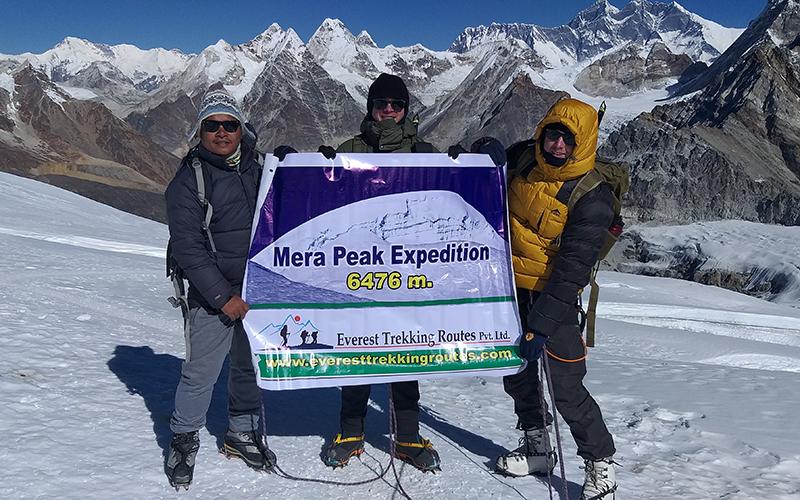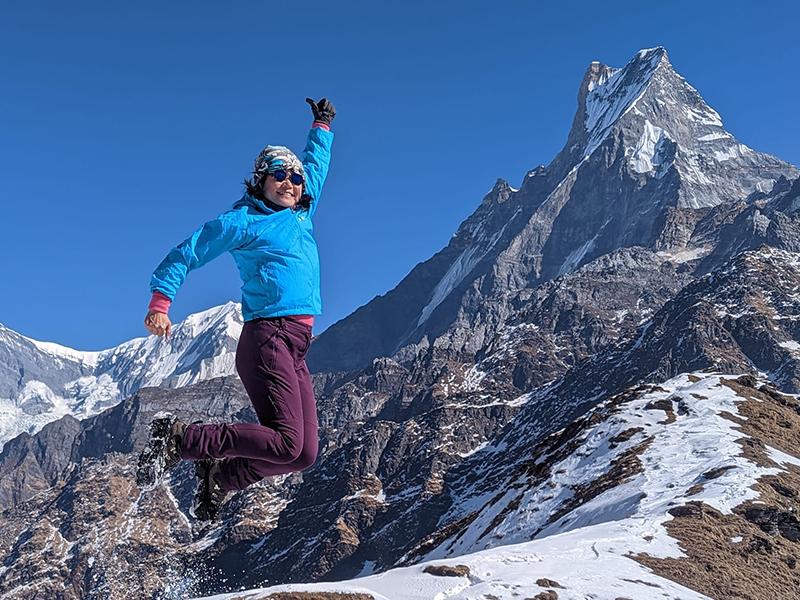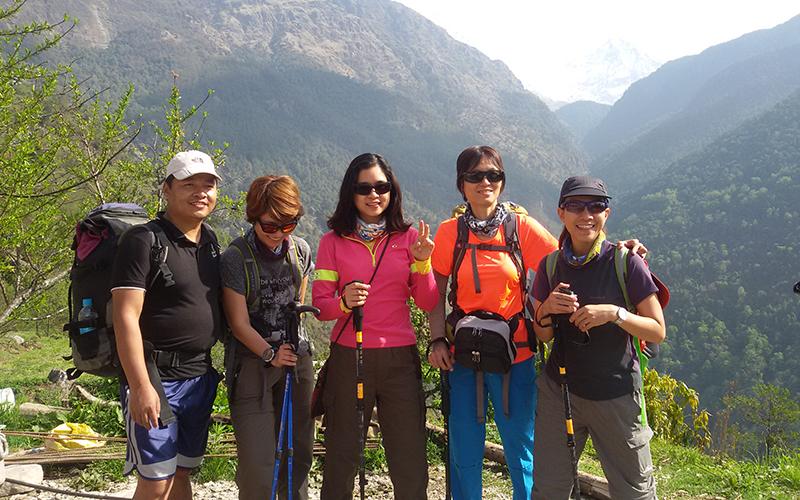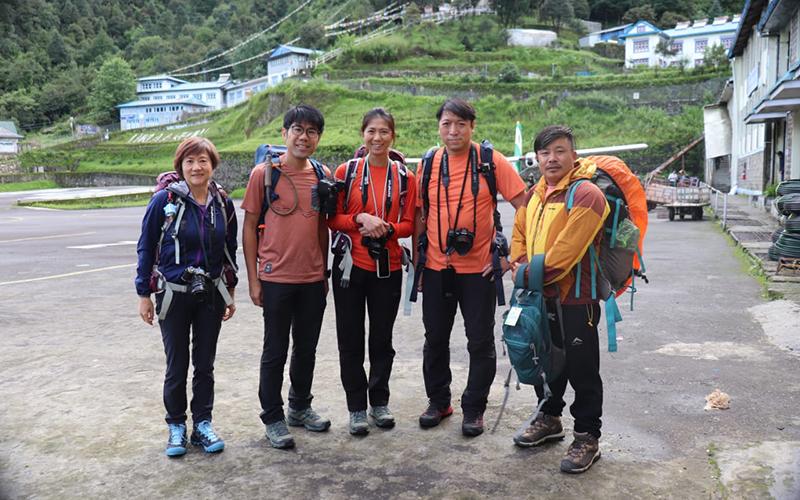Trekking to Everest Base Camp Guide

Exploring the Pros and Cons of Trekking to Everest Base Camp Without a Guide
Trekking to Everest Base Camp is an incredible adventure that many people dream of experiencing. The stunning scenery, challenging trails, and unique cultural experiences make it an unforgettable journey. But when it comes to planning your trip, one of the biggest decisions you’ll face is whether or not to hire a guide. While some trekkers prefer to go it alone for various reasons, others believe that having a guide is essential for a successful and safe trip. In this article, we’ll explore the pros and cons of trekking to Everest Base Camp without a guide. We’ll delve into the benefits of having a guide, such as their knowledge of the area, cultural insights, and emergency support. Conversely, we’ll also examine the drawbacks of going solo, such as the potential for getting lost, lack of company, and the added expense of hiring a guide. So, whether you’re planning your first trek or are a seasoned hiker, read on to discover the key factors to consider when deciding whether or not to trek to Everest Base Camp with or without a guide.

The Benefits of Trekking Without a Guide
One of the most significant benefits of Everest Base Camp Trek without a guide is the freedom it provides. You can set your own pace, stop when you want to take photos, and explore the area on your own terms. This approach is ideal for those who value independence and want to experience the trek in their own way.
Trekking without a guide also allows you to save money. Hiring a guide can be expensive, and if you’re on a budget, going solo can be a more affordable option. You can also save on accommodation costs by staying in teahouses or camping instead of paying for a guide’s lodgings.
Furthermore, trekking without a guide can be a more rewarding experience. You’ll have to navigate the route and trails on your own, which can be challenging but also satisfying. You’ll also have the opportunity to meet other trekkers and form your own groups, providing a sense of camaraderie and support.

The Risks and Challenges of Trekking Without a Guide
Despite the benefits of trekking without a guide, there are also risks and challenges to consider. One of the most significant dangers is the potential for getting lost. The trails can be confusing, and without a guide’s knowledge of the area, you may end up taking the wrong path. This can lead to a longer trek or even put you in danger.
Another challenge is the lack of company. Trekking alone can be a lonely experience, and if you’re not used to being alone for long periods, it can take a toll on your mental health. Additionally, if you encounter any problems, such as altitude sickness or an injury, you won’t have anyone to help you.
Finally, trekking without a guide can also take a toll on your physical health. The trek to Everest Base Camp is challenging, and without a guide’s help, you may struggle to cope with the altitude and the physical demands of the journey.

The Importance of Physical Fitness and Preparation
Whether you decide to trek to Everest Base Camp with or without a guide, physical fitness and preparation are essential. The trek is physically demanding, and you’ll need to be in good shape to complete it. You should start training at least three months before your trip, focusing on cardiovascular exercise and building stamina.
In addition to physical fitness, you’ll also need to prepare yourself mentally. Trekking to Everest Base Camp can be a challenging and emotional experience, and you’ll need to be mentally strong to cope with the physical demands and potential setbacks. You should also research the area and familiarize yourself with the trail and route to minimize the risks of getting lost.
Understanding the Route and Trail
One of the most important factors to consider when trekking to Everest Base Camp with or without a guide is understanding the route and trail. The trek is challenging and requires a good understanding of the terrain to avoid getting lost or encountering difficulties.
If you decide to go without a guide, you should research the area thoroughly before your trip. You can use online resources, guidebooks, and maps to familiarize yourself with the trail and route. You should also take the time to understand the altitude and the risks associated with it.
If you decide to hire a guide, they will have a thorough understanding of the area and the trail. They can help you navigate the route, point out important landmarks, and provide information about the local culture and customs.
Dealing with Altitude Sickness and Emergency Situations
Altitude sickness is a common problem for trekkers to Everest Base Camp. The high altitude can cause a range of symptoms, including headaches, dizziness, and nausea. In severe cases, altitude sickness can be life-threatening, and it’s essential to know how to deal with it.
If you decide to go without a guide, you’ll need to be prepared to deal with altitude sickness on your own. You should research the symptoms and know how to recognize them. You should also take the time to acclimate to the altitude and avoid over-exerting yourself.
If you hire a guide, they will have experience dealing with altitude sickness and can provide support and advice if you begin to experience symptoms. They can also help you get medical assistance if necessary.
The Cost Savings of Trekking Without a Guide
One of the most significant advantages of trekking to Everest Base Camp without a guide is the cost savings. Hiring a guide can be expensive, and if you’re on a budget, going solo can be a more affordable option. You can save money on accommodation costs by staying in teahouses or camping instead of paying for a guide’s lodgings.
However, it’s important to remember that going without a guide can also be more expensive in the long run. If you encounter any problems, such as altitude sickness or an injury, you may need to pay for medical assistance or transportation back to civilization. Additionally, if you get lost, you may need to pay for additional lodging or transportation to get back on track.
The Cultural and Environmental Impact of Trekking Without a Guide
Trekking to Everest Base Camp can have a significant impact on the local culture and environment. If you decide to go without a guide, it’s important to be aware of the potential impact you may have.
You should take the time to learn about the local culture and customs and be respectful of them. You should also follow the principles of Leave No Trace and minimize your impact on the environment.
If you hire a guide, they can provide valuable insights into the local culture and customs and help you minimize your impact on the environment.
The Benefits of Hiring a Guide or Porter
Hiring a guide or porter can provide a range of benefits when trekking to Everest Base Camp. A guide can provide valuable knowledge about the area, including the terrain, trail, and cultural customs. They can also provide emergency support if necessary, such as medical assistance or evacuation.
A porter can help carry your gear, allowing you to travel lighter and reduce the physical demands of the trek. They can also provide valuable insights into the local culture and customs and can serve as valuable companions on the journey.
Personal Experiences of Trekking to Everest Base Camp Without a Guide
Many trekkers have had successful and enjoyable experiences trekking to Everest Base Camp guide. They’ve enjoyed the freedom and independence of going solo, and have found the trek to be a rewarding and fulfilling experience.
However, other trekkers have encountered difficulties and challenges when trekking without a guide. They’ve struggled with the physical demands of the trek, gotten lost, or encountered problems with altitude sickness.
Conclusion: Weighing the Pros and Cons of Trekking Without a Guide
Trekking to Everest Base Camp without a guide can be a rewarding and memorable experience. It provides freedom, independence, and cost savings. However, it also comes with risks and challenges, such as the potential for getting lost, lack of company, and the physical demands of the trek.
Ultimately, the decision to trek to Everest Base Camp with or without a guide depends on your personal preferences and circumstances. If you value independence and want to save money, trekking without a guide may be the best option. However, if you’re inexperienced, concerned about safety, or want to learn more about the local culture, hiring a guide may be the better choice. Whatever you decide, make sure you’re physically and mentally prepared for the journey, and take the time to understand the trail, route, and potential risks.







